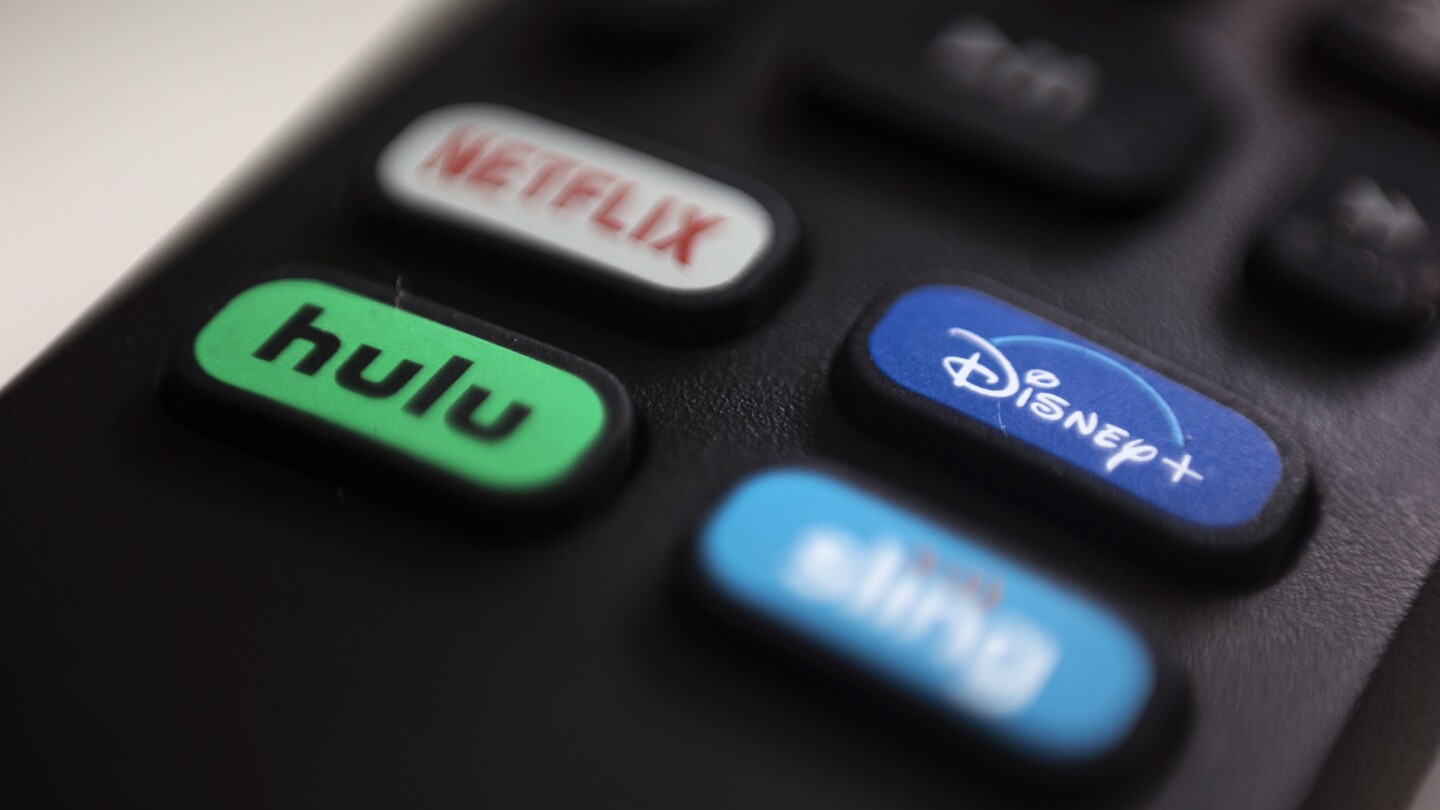- cross-posted to:
- [email protected]
- [email protected]
- cross-posted to:
- [email protected]
- [email protected]
Televisions that can stream platforms like Hulu or Max usually come loaded with technology that collects information on what viewers are watching, and buyers consent to have their viewing tracked when they open their new TV and click through terms of service agreements. Sometimes, data firms can connect those viewing habits to a voter’s phone or laptop via their IP address, promising a trove of information about an individual and the ability to track them across screens.
Other times, firms focus on dividing households into groups based on what they’re watching, how they use their TVs and how many campaign ads they’re seeing, which is a boon to political campaigns eager to target specific groups of voters. Connecting this data to voter files is increasingly a focus — a move that adds individual voting habits into the mix.



that’s basically what i had. a cheap laptop for a ‘streaming device’ and media player with a k400 keyboard with trackpad. connected to a monitor to start, then a cheap tv. don’t have a ‘media server’ though, just a pile of hard drives (externals, or internals with usb adapter or ‘dock’).
the tv eventually did get hooked up to wifi but i only use it for a couple ‘free’ apps that require no signin and work through pihole ok. mostly the ‘tv’ is playing a random playlist.